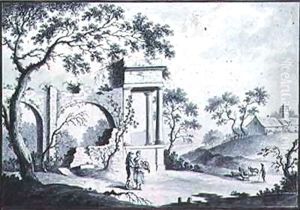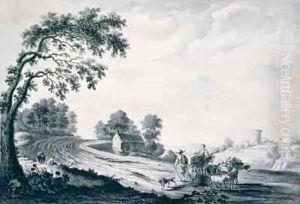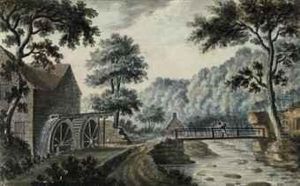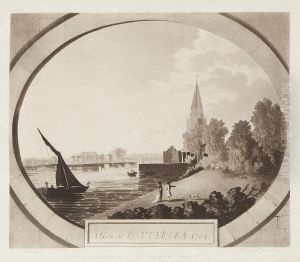William Beilby Paintings
William Beilby was an English artist and glassmaker born in 1740 in Knottingley, a small town in West Yorkshire. He was a prominent figure in the 18th-century British glass industry, known particularly for his work with enamelled glass. William was part of the Beilby family, which played a significant role in the development of the decorative glass trade in England, especially in the city of Newcastle upon Tyne.
William worked alongside his siblings, Mary and Ralph, in their family business, the Beilby Glassworks, which was established around 1761. The Beilby family's workshop became renowned for its high-quality glass products, which included drinking glasses, decanters, and other items that were often decorated with enamelled paintings. These items were highly prized for their artistic quality and technical expertise.
The Beilby family's glassware featured a wide range of subjects, from heraldic designs to naturalistic scenes, and their work is characterized by its delicate use of enamel and the intricate details of its designs. The enamelling process involved painting on the glass with colored enamels and then firing it to fuse the enamel to the surface, a technique that required great skill and precision.
Despite the initial success and the high regard in which their work was held, the Beilby Glassworks faced increasing competition from other manufacturers and, by the 1770s, the family ceased production of their enamelled glassware. After the closure of the glassworks, William Beilby moved away from glassmaking and turned his attention to other pursuits.
William Beilby's contribution to the art of glassmaking was significant in that he helped to elevate the craft to an art form. His work is represented in various museum collections, including the Victoria and Albert Museum in London. Beilby died in 1819, but his legacy lives on through the exquisite pieces of enamelled glass that continue to be appreciated by collectors and art historians alike.



